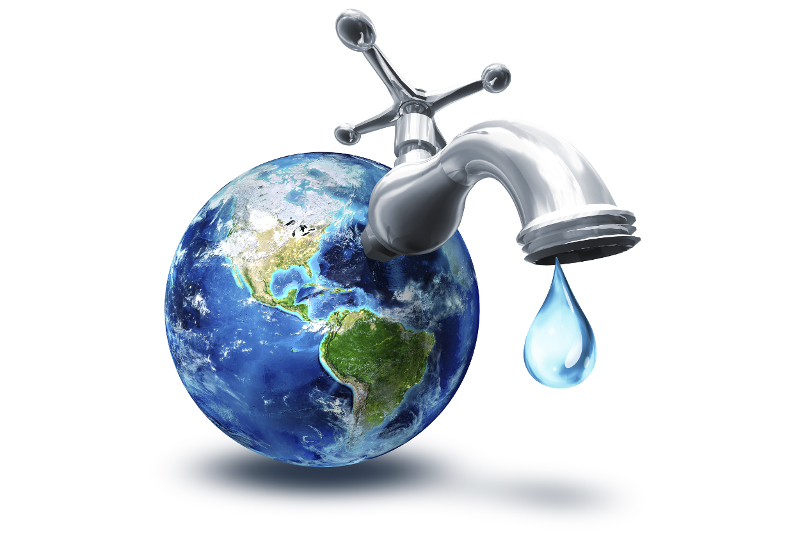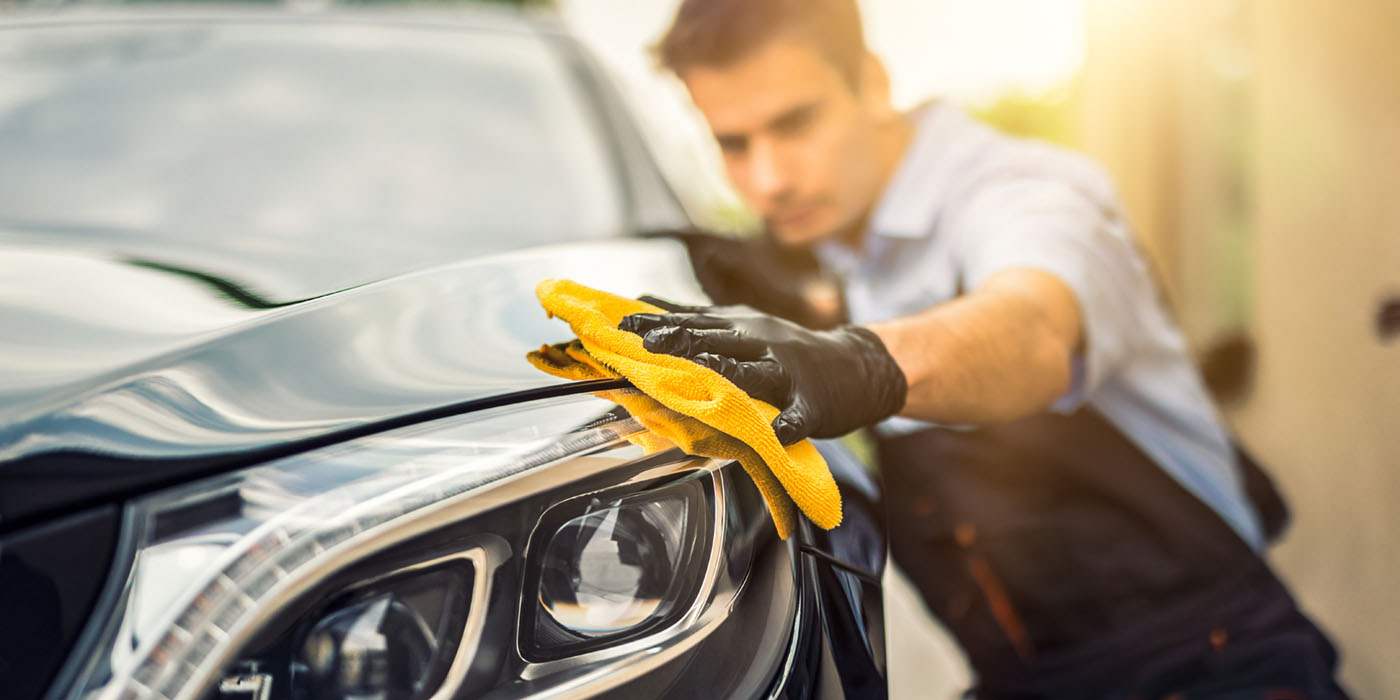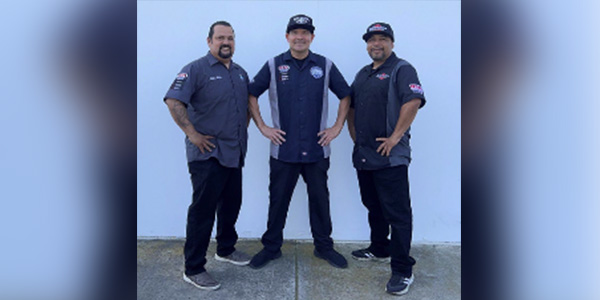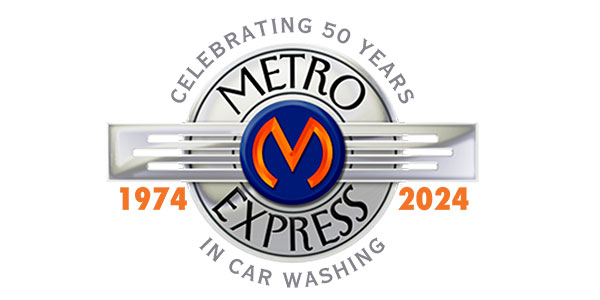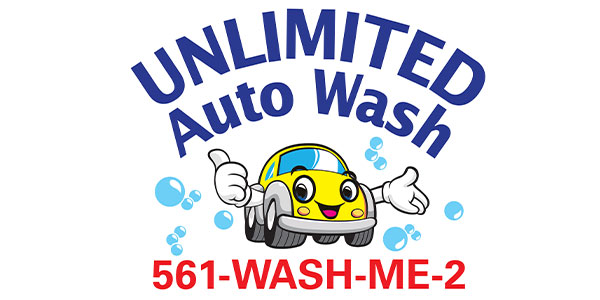Water: Everybody needs it. Most people have access to water, but they probably do not have as much as they would like. Water in some areas of the world may be dirty, contaminated or colored. Before it is usable, water must be cleaned — then cleaned again after use to discharge into the environment or to reuse again. Moreover, the problems get worse year after year as supplies come under pressure. We have to do more with less — and clean up better when we are finished.
Among the most critical natural resource issues today is the availability of and access to freshwater supplies. Although fourth-fifths of the Earth is covered by water, less than three percent is freshwater — more critically, less than 0.5 percent is usable by humans. The Earth is running out of freshwater at such a rate that soon it will be the most valuable commodity on the planet.
Here are some additional statistics to help elucidate the current world water crisis:
- 31 countries face severe water stress.
- Over one billion people do not have access to clean water.
- If nothing is done to address the issue, with the current population growth, two-thirds of the world’s population will not have enough water for basic needs of life by 2025.
- The water crisis is the No. 1 global risk based on the impact to society as a measure of devastation and the No. 8 global risk based on the likelihood of occurring within 10 years, as reported by the World Economic Forum.
- According to the World Health Organization (WHO), for every $1 invested in water and sanitation, there is an economic return between $3 and $34.
Water for profit
Established to address the rising concerns regarding water, members of the World Water Council include the World Bank, the United Nations, the International Private Water Association, global water corporations and governments. The council’s focus is on the privatization of water — water for profit.
The World Bank asserts, “One way or another, water will be moved around the world as oil is now.” Additionally, the United Nations’ International Water Policies focus on “Valuing water: Managing water in a way that reflects its economic, social, environmental and cultural values in all uses, with a move toward pricing water services to reflect the cost of the provision.” Both organizations further state the need to develop water management strategies at the national, regional and local levels.
What does all of this mean to the carwash industry?
- Water will become more expensive.
- If we don’t personally start taking responsibility to manage our water consumption, local governments and municipalities will.
Let’s take a look at the first point. Not only will water rates continue to rise, sewer rates will also increase in order to treat water so it is reusable. In fact, for many cities across the country, water and sewer rates rise from five to 20 percent per year. This is not a local issue; water and sewer rates across the U.S. have steadily increased over the years.
A more positive note
Today, with the use of technology in advanced reclaim systems in the market, your carwash could not only be environmentally friendly, but it could also save your business thousands of dollars each year — how much savings depends on location.
Our company gathered water and sewer rates from more than 100 cities across the U.S. based on an average of 70 gallons of water per car with a spot-free rinse and an average of 2,500 cars per month.
According to our findings, if your carwash uses 80 percent of reclaim water, you can save an average of $11,126 per year. This is no small matter considering many reclaim systems generally cost between $10,000 and $25,000.
When looking at the entire spectrum, Grand Island, Nebraska, has the lowest water and sewer savings at $4,065 per year, according to our research; Cambridge, Massachusetts, has the highest water and sewer savings at $25,469 per year.
Aside from the recurring water and sewer savings, using reclaim has additional noteworthy benefits. A reduction in impact fees of 50 to 90 percent is common.
A city imposes impact fees as a condition for connection to the local water and sewer system for defraying all or some of the cost for capital improvements to the city’s water and sewer treatment and distribution systems. These fees vary widely across the country. Some cities, such as Kirkland, Washington, charge a flat fee of $23,780 per carwash while others charge based on ERCs (equivalent residential connections). For example, Sacramento, California, defines one ERC as 9,300 gallons of water per month and charges $6,500 per ERC. If we do the calculations for a carwash:
2,500 cars/month x 65 gallons/car = 162,500 gallons/month
162,500/9,300 = 17.473 ERCs
17.473 x $6,500 = $113,575 impact fee.
If you reclaim 80 percent of the water, the impact fee drops to $22,715, which is a savings of $90,860. The use of reclaim drastically reduces these fees and covers the initial investment in equipment, many times over.
Another common occurrence is surcharges for effluents from carwash facilities. Typically, the components of the effluents are hydrocarbons and alkylbenzenes originating from petroleum-based degreasing solvents and the oil on the vehicles. The use of reclaim will reduce these surcharges as well.
Environmental impact
The environmental aspect of reclaim is one benefit that is hard to put a monetary value to. Positive publicity for water conservation and reclamation efforts cannot be underestimated. A carwash owner or operator who markets his or her conservation efforts and emphasizes the benefits to the environment will most likely have greater appeal to the community.
Historically, reclaim has been misunderstood and misrepresented. However, in all actuality, reclaim is a simple concept and should be simple for an operator to maintain.
Water reclamation treats water previously used in the wash cycle to reuse again. At a minimum, this process requires the separation of grits, oils and greases from the water before being reused in the carwash. Most systems on the market provide additional treatment processes such as filtration, oxidation and deodorization.
Reclaim fundamentals
When looking into reclaim, the two basic areas to focus on are the reclaim tanks and the reclaim equipment. Keep in mind that the layout of the tanks is just as important as the equipment itself.
Most drain systems consist of a catch basin to settle out the large solids followed by a three compartment, underground settling tank to remove oil and grease, floatable materials and settable solids. Reclaim water from the settling tank contains solids that have not settled in the tank. These solids are typically small (150 micron) in size and consist of sand, clay and silt. If these solids are not treated further they will increase wear on pumps, piping and nozzles. A properly designed reclaim system must remove solids, provide biological/odor control and eliminate high maintenance typically associated with reclaim equipment.
Suspended solids in wash water may cause a variety of problems if not properly treated. Larger suspended solids can damage high-pressure pumps, rotating unions, solenoid valves and spray nozzles as well as affect a vehicle’s finish.
A reclaim system that consistently produces 5-micron, quality water is the ideal solution for all wash types. Micron size has a direct correlation to wash quality and carwash equipment failure. The smaller the micron achieved consistently, the more effective the reclaim system will be with less wear and tear on the carwash equipment.
Bacterial growth
Bacterial growth in reclaim water starts immediately; and, if not addressed in some way, the water will go septic. The two common types of bacteria found in a carwash’s water include:
- Anaerobic bacteria: These bacteria prefer to be in a dark environment void of oxygen (reclaim tanks are the perfect environment for this type of bacteria). Anaerobic bacteria emit a gas that smells like sulfur.
- Aerobic bacteria: These bacteria are active in water with a high level of oxygen. Aerobic bacteria also give off a gas, CO2, which has no distinct smell.
A good reclaim system must address the anaerobic bacteria formed in the reclaim tanks. Ozone, or O3, is a reactive gas with a unique ability not only to cover up odor but also to actually destroy the bacteria causing the odor. Introduction of ozone to the reclaim pits kills the anaerobic bacteria.
In addition to being one of the most effective methods for killing bacteria, ozone has the ability of removing the dyes from triple foams, keeping the reclaim water as clear as possible. Too much ozone can degrade the rubber on O-rings, gaskets and pumps. A system using ozone must have the ability to control how much ozone is injected at all times.
The use of reclaim, as mentioned, will save money in the short and long term. In addition, it saves our environment and natural resources. As an industry, we must collectively make the decision to be green. Do you want to be part of the solution or part of the problem?
References:
- United Nations Educational Scientific and Cultural Organization, World Water Assessment program: Water for People, Water for Life – Executive Summary.
- Maude Barlow, The Guardian. World: The Planet is Running out of Fresh Water – The Road to Kyoto World Water Forum; CorpWatch, February 26, 2003.
- Maude Barlow, THE CRISIS: from the booklet Blue Gold – The global water crisis and the commodification of the world’s water supply; A Special Report issued by the International Forum on Globalization (IFG); Third World Traveler.
- Federation for American Immigration Reform; Immigration Issue Centers; Environment: Immigration & U.S. Water Supply.
Denise D. Wight is the director of corporate accounts for New Wave Industries, manufacturer of the PurClean™ Spot Free Rinse and PurWater Recovery systems. Wight has been in the carwash industry for more than 26 years and has extensive knowledge of water quality, water-related issues and best practices for water management.

